Numbers 300/84: St Patrick is amongst us ....
Avril's menu is authentic. All I did was acquire the Guinness, 4 cans so took two to the Big House and sent the grandsons TimTams to celebrate. Our feast as pictured was Colcannon including Spinach and Leeks for the green texture with Prince's Corned Beef Fritters, Carrots and Parsnips. If we've been celebrating here in Milton however it's sad to recount the celebrations in Dublin have been cancelled this year. They've gone as far in the Republic as joining the mad pause in inoculations with the AstraZeneca vaccine showing solidarity with a bizarre collection of EU members plus Norway and Iceland who should know better. We could retrieve a Canadian Irish picture from last year though …. Normally we hear a great deal about St Patrick from New York and of course President Joe claims Irish descent to The Donald's Scottish.
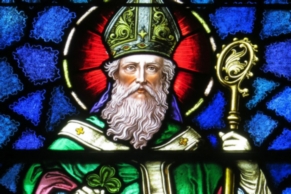 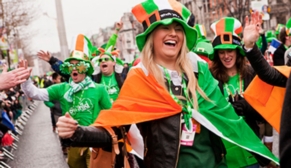
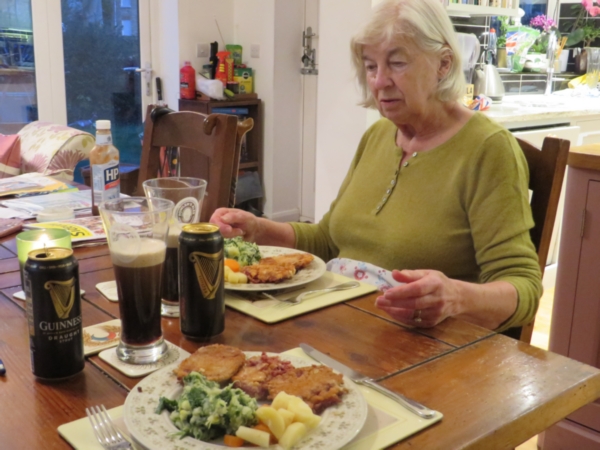
Patron Saint of Nigeria? Really? Yes, Irish bishops in Nigeria named St. Patrick in 1961, the same year Ireland opened its embassy in Lagos. In the early 1920s Irish priests of the Order of the Holy Ghost established their mission in southern Nigeria. The pictures unmistakeably show Sydney Opera House and the river at Chicago plus Presidents O'Bama [which he thought made him Irish!] Joe Biden and the Irish Ambassador. Finally TRH William and Kate whose Irishness comes from the Barony of Carrickfergus, the oldest town in County Antrim. He's the scruffy Baron and she's a properly emerald green Lady Carrickfergus. It has been a major port and town in the Province of Ulster for centuries, translating as Rock of Fergus. It's an older settlement than the capital Belfast with its main feature the Castle on the north shore of the Belfast Lough built in 1177 - by Norman conqueror John de Courcy.
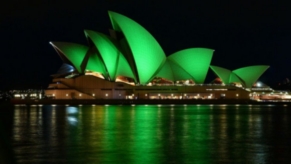 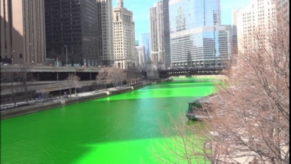
 
So who was St Patrick? To start he was probably Welsh born …. perhaps from the south around the Severn estuary or at St. Davids in Pembrokeshire; his birth name was Maewyn Succat. It is believed he was captured and sold into slavery with many thousands by a group of Irish marauders that raided his family estate, slaving for six years as a shepherd until he managed to escape his captors. According to his writings he heard a voice in a dream telling him it was time to leave Ireland which he did - walking some 200 miles from County Mayo where he'd been captive to the Irish coast. Later he experienced a second revelation — an angel telling him to return to Ireland as a missionary. So, he travelled to Gaul were he took religious instruction for 15 years under Germanus, Bishop of Auxerre, before being ordained. He arrived in Ireland in 430 AD to join other early missionaries in Armagh, intent on converting the native pagans to Christianity. His seventh century biographers enthusiastically claim that he converted all of Ireland to Christianity. But in truth it does appear that he was very successful at winning converts. Familiar with the Irish language and culture he adapted traditional ritual into his lessons of Christianity rather than attempting to eradicate native beliefs. He used bonfires to celebrate Easter since the Irish were used to honouring their Gods with fire and superimposed a sun, a powerful native symbol, onto the Christian cross to create what is now called a Celtic cross. Naturally he upset local Celtic Druids and was imprisoned on several occasions but after escape continued to travel extensively throughout Ireland establishing monasteries and setting up schools and churches. St Patrick’s mission in Ireland lasted some thirty years after which time he retired to County Down and died on March 17th in AD 461. Legends recall how Patrick raised people from the dead. Another which may have an element of truth tells how Patrick used the three-leafed shamrock to explain the Trinity, that the Father, the Son and the Holy Spirit could all exist as separate elements of the same entity. His followers adopted the custom of wearing the shamrock on his feast day and shamrock green remains the essential colour for all festivities and celebrations. And eating Colcannon ….. with Guinness a later invention!
As promised the tulips respond to our sub-tropical porch! Here they look splendid set amongst the chionodoxa. And whilst we gaze on them it's good to share the memory of Rupert Best whose Obit appeared today in the Daily Telegraph. A great career in the Royal Navy earning the Star of Brunei for his service in the Malaysian Emergency and later as a submariner before he springs to our consciousness as one of a team who bought Portland Dockyard none less from the government and set about its regeneration. The catalogue of their achievements we know from experience not least the Sailing Olympics in 2012 and the revival of the harbour for bunkering and for cruise ships and today the National Sailing Centre.
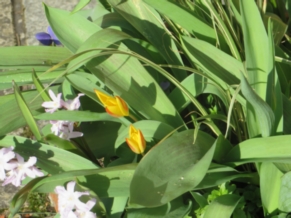 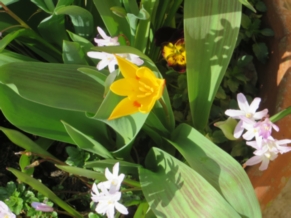
Published Date: March 17th 2021
|





